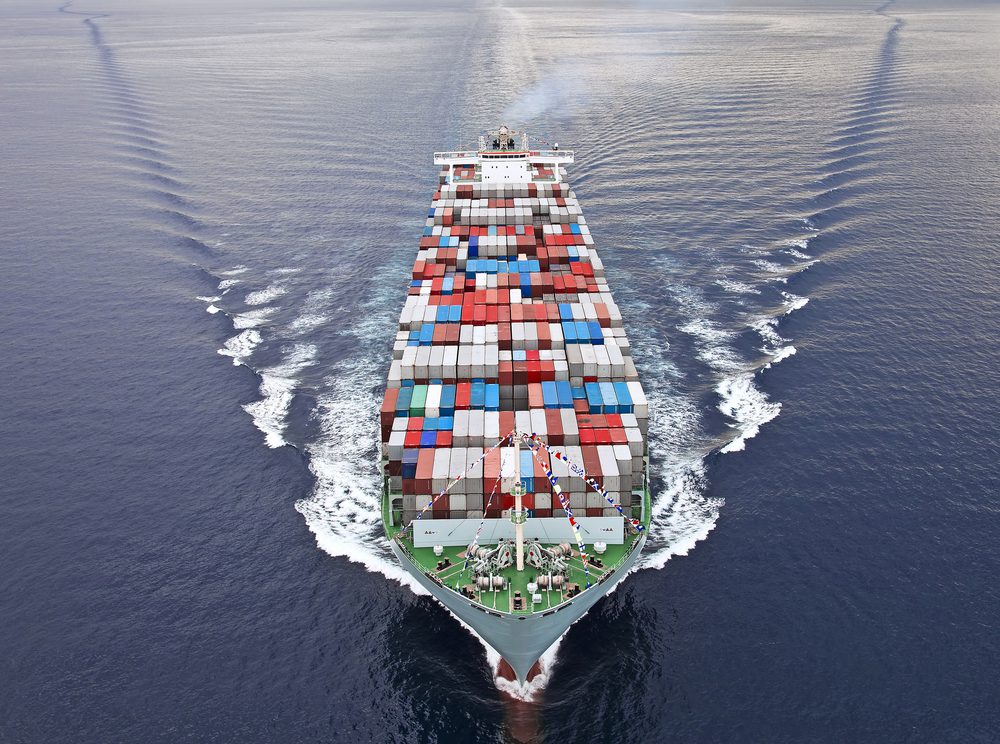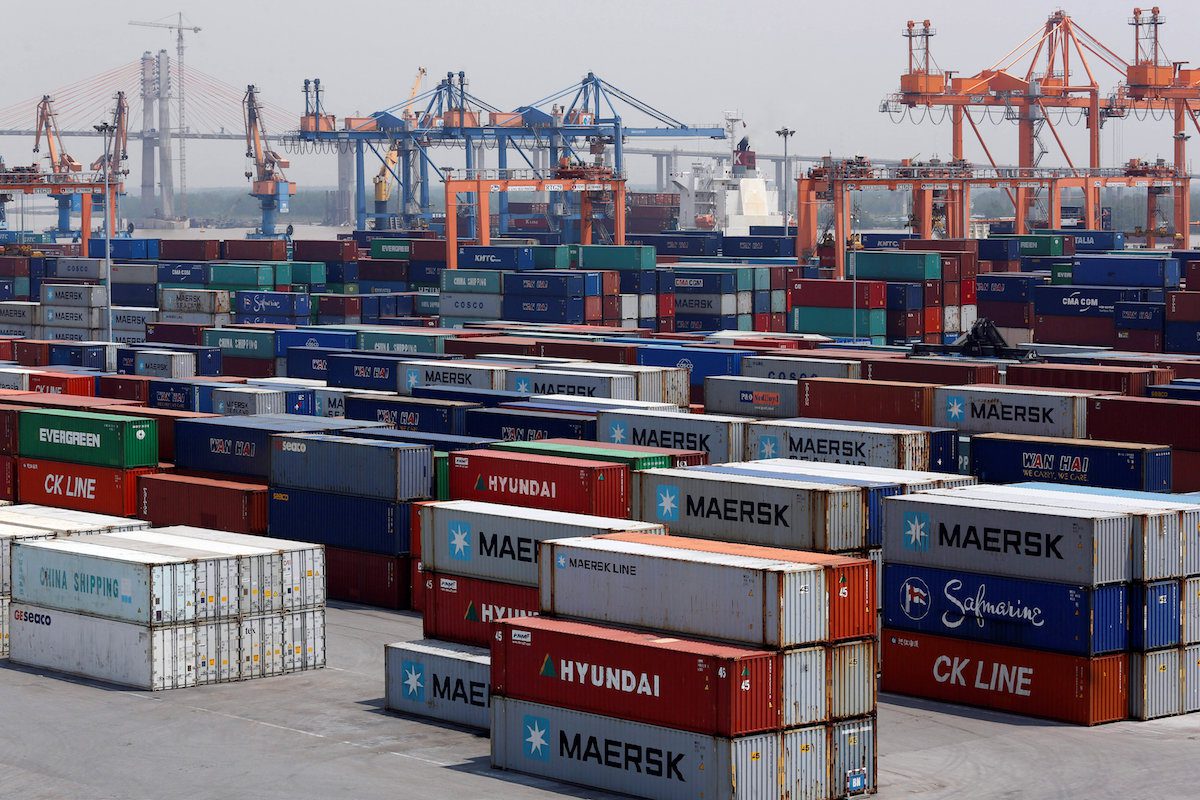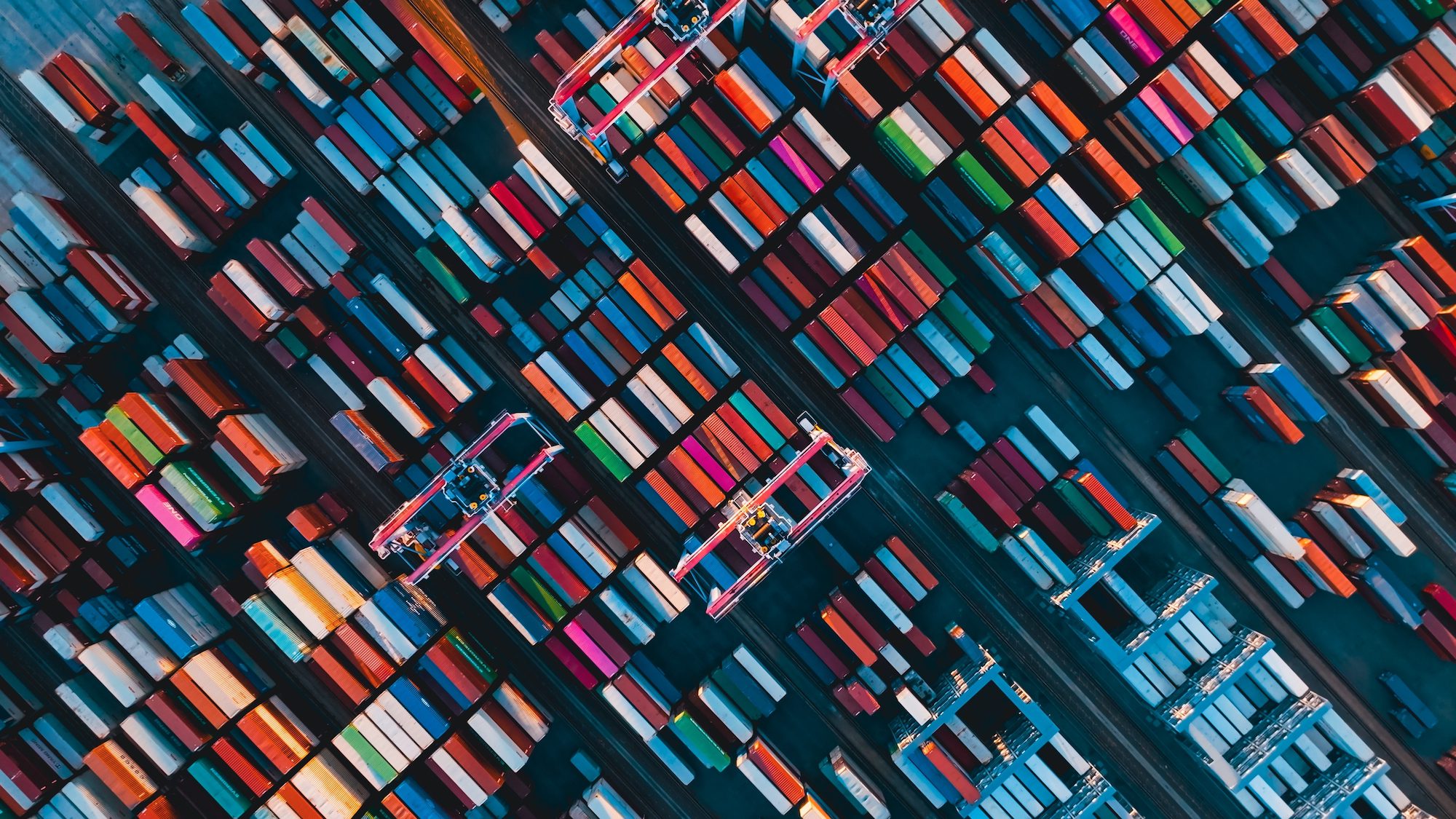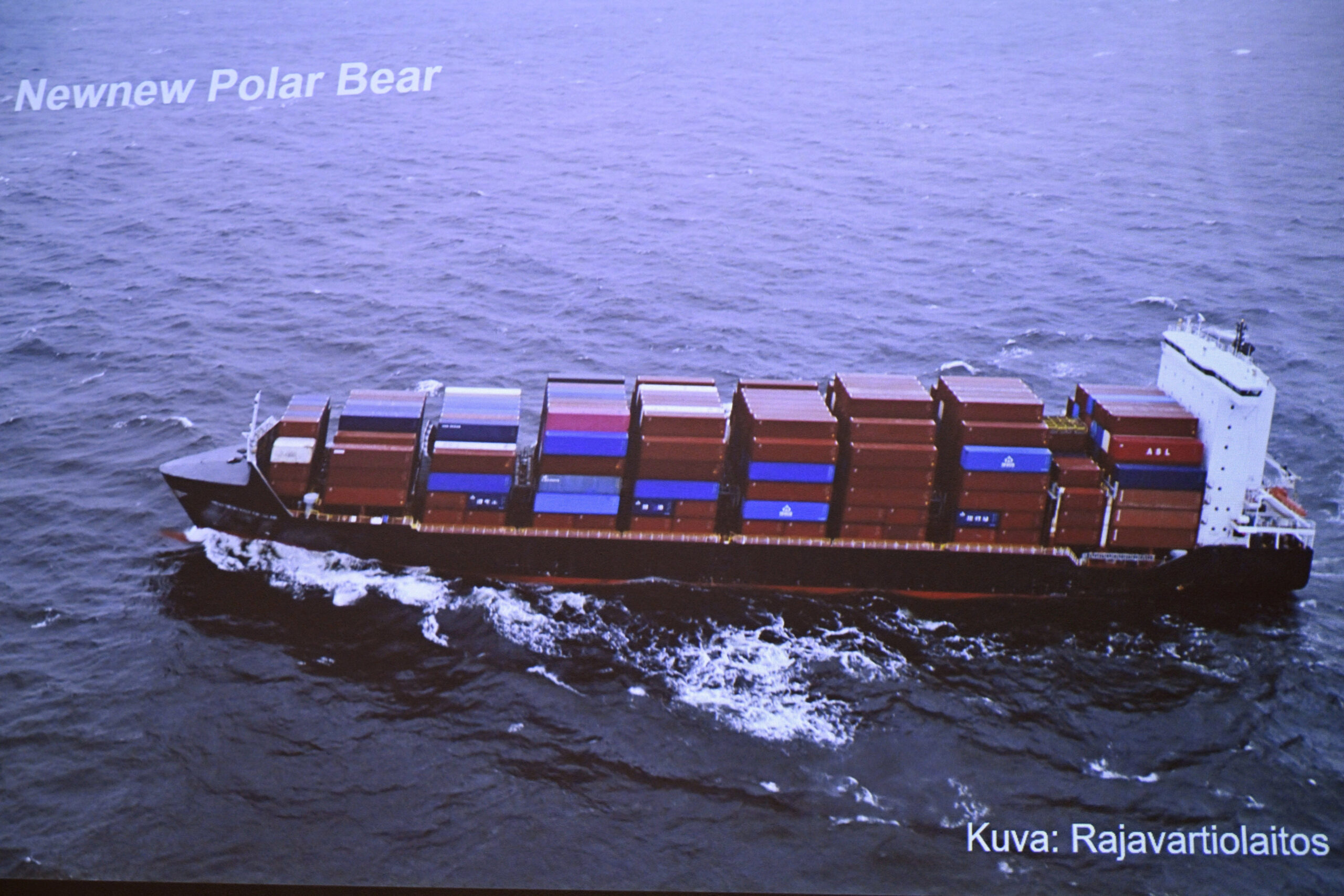By Barry Parker (gCaptain) –
Green Corridors, conceived a year ago through the Clydebank Declaration at COP26 taking place along the banks of the River Clyde in Glasgow, are set to move rapidly beyond the talking stage towards real implementations and demonstration projects.
One definition of a corridor, taken from a just-released American Bureau of Shipping (ABS) publication on the subject, is: “the geographical connection between two locations (could be specific maritime routes or it could be multiple ports between two regions) and the enabling environment that helps reduce emissions.”
Different facilitators of the corridors offer different definitions of what, exactly, a green corridor is.
At a high level, all encompass ships’ profitably hauling cargo in a range of ports where cleaner fuels are readily available. Owners and operators of vessels, charterers, fuel suppliers, port operators and governmental regulators are all part of the mix.
In conjunction with the recent SHIPPINGInsight 2022 event held in Stamford, Connecticut, the ABS organized an excellent panel discussion on the subject of these corridors, and how to get them started, moderated by David Walker from ABS’s Global Government Services office outside Washington, D.C. The panel included representatives from shipowners Crowley and Pasha, the Blue Sky Maritime Coalition, and the American Association of Port Authorities (AAPA).
gCaptain’s full coverage: Green shipping corridors
Much has been written about the vessel side, and the role of shipowners, but the vital but underappreciated role of ports (a key ingredient, perhaps the glue, in the recipe for industry decarbonization) has received less attention. Panelist Ian Gansler, representing AAPA, spoke through the lens of ports competing for calls by vessels requiring new/ alternative fuels. “There are going to be few choices where those vessels can call,” he suggested, alluding to the competition to draw in vessels (following along the lines, in the recent 18 months, of restless cargo owners shifting their moves to ports with less congestion).
“They will know that there are only so many ports where the vessels will call that will have those fuels available,” he said. He also talked about the ports working to entice suppliers of new fuels to come into their geographies, which, in turn, will attract new business for the ports.
The AAPA panel member said that the corridor concept was a great way to spearhead the introduction of new fuels into shipping trades, suggesting that different corridors may offer different fuels. He also hinted at the opportunity for carriers to gently prod port authorities to support the infrastructures for specific fuels, and, in so doing, “reduce some of the risks for investing in these new technologies.”
Close to home, in North America, there are early discussions of shipping corridors along the U.S. Gulf Coast (with some ties to an inchoate Federal program to develop regional “Hydrogen Hubs” where green hydrogen could be produced), as well as in the Great Lakes region, which, importantly, is somewhat self-contained. ABS’s Mr. Walker also referred to the “Marine Highways” that have been mapped out by the U.S. Maritime Administration (MARAD); “We see them as being very critical connections.” He said that MARAD, while following the progress of international corridors, “is very keen to create regional corridors in the U.S.”
As repeated throughout SHIPPINGInsight and numerous other industry events, cooperation and collaboration are required to build the corridors. As ABS’s top man, Chris Wiernicki, has said on multiple occasions, shipping needs to become more of a team sport.

 Join The Club
Join The Club











